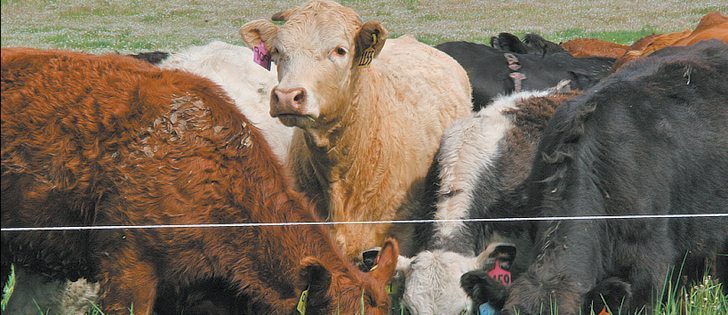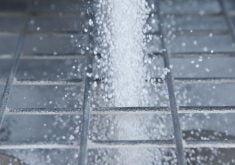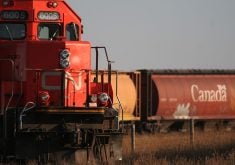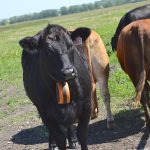Soil-building practices reduce flooding and disease transmission and produce cleaner water
ORILLIA, Ont. — Farmers need to move beyond conserving topsoil and start growing it, according to a Vermont grazier, educator and consultant.
“The best we’ve been able to do is that we’re losing 10 times more soil than is being grown. At least, that’s the latest numbers I’ve seen,” Abe Collins told the Ecological Farmers of Ontario conference in Orillia in early December.
Collins is part of a small group of agriculturalists who want to take that next step. He is co-founder of the Soil Carbon Coalition, a non-profit organization dedicated to transforming atmospheric carbon into soil organic matter.
Read Also

Why feds imposed EV tariffs
Moe and Kinew have a fight on their hands when it comes to eliminating the EV tariff. Canada has to worry about pissing off the U.S. and Mexico and hundreds of thousands of auto workers.
“If topsoil is renewable, at least that’s the experience of our community, we all need to learn how to grow it,” he said.
“Nearly everything rests on us to grow the topsoil so that the rest of society can survive and civilization continues.”
Collins encourages farmers to evaluate their current practices and make the necessary changes to build their soil in a real and substantial manner.
The first step is to establish a series of GPS-located, strategically placed, four-by-four metre, permanent plots that can be monitored over the coming years. Locations should be photographed and ecological observations such as earthworm activity recorded.
The water infiltration capacity must be measured with a tension infiltrometer and core samples taken to measure soil carbon.
Returning to the same location each year allows farmers, foresters and other landowners to monitor how the changes they are making are improving their soils.
Collins said there is no one path to building the capacity of topsoil and increasing soil organic matter. Progress will have been made if farmers can achieve real, measurable gains.
“Labels (like organic or conventional) tend to divide us,” he said.
“That’s not productive. But measuring outcomes will tell us the truth.”
More than farmers have a stake. The capacity of the soil in a biological context is important for food and water security and countering climate change.
Collins is particularly interested in water because it affects everyone. He said positive outcomes in such areas as food security and climate change are achieved by way of default when clean water is dealt with through soil-building practices.
“If I’m on a piece of land and 70 percent the rainfall is running off, that’s a problem,” he said.
“I’d like to get to zero runoff, only slow release.”
Collins said a growing number of municipalities see the positive potential. Rather than investing in concrete infrastructure to control floods and purify water, water can be managed at its source by increasing the land’s capacity to act like a sponge.
New York City invested in watershed management in the Catskills Mountains. Farmers and other landowners were paid for their watershed services, which Collins said is more cost effective than building traditional infrastructure.
“This (water stewardship) should be our new crop. This is something new, paying farmers for doing a good thing, growing topsoil,” Collins said.
“When the landscape does the work, we have reduced flooding, cleaner water and less transmission of disease.… We ask the landscape to do the work so we can ask less of fossil-fuel powered pumps and excavators.”
Collins said increasing topsoil is relatively easy: covering soil with living biomass throughout the year and leaving more litter behind. This is the biological way to grow the aggregate structure that provides soil with its tilth and water-holding capacity.
Methods such as mob grazing allow livestock to help with this process by rapidly increasing the depth of A horizon soil. Measurable progress can be made in a matter of weeks in some cases.
Increasing soil organic matter levels is far more challenging and requires patience, but Collins said some farmers, including Canadians, have had success.
He’s heard of levels being in-creased by as much as 10 percent per year.















